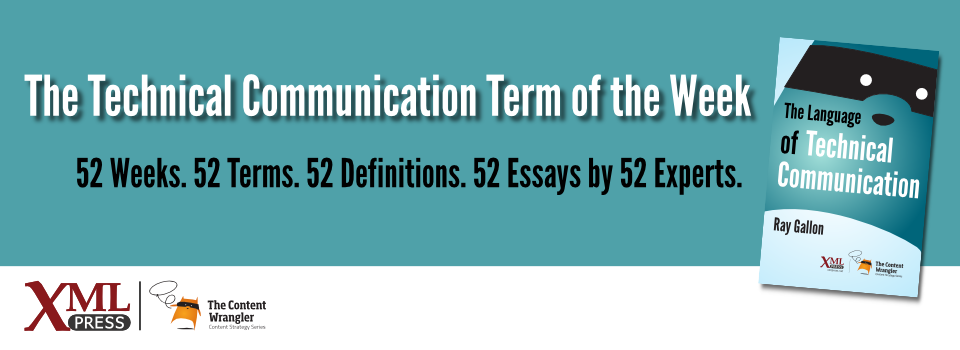What is it?
A directive of the European Parliament and of the Council that applies to machines and manufacturing plants in the European Economic Area (EEA). The purpose of the directive is to promote the free movement of machinery within the Single Market and guarantee a high level of protection for workers and citizens in the European Union.
Why is it important?
Since January 1, 1995 new machines and manufacturing plants may be placed in the European Economic Area (EEA) only if they are compliant with the European Machinery Directive.
...continue reading "Term of the Week: European Machinery Directive"
